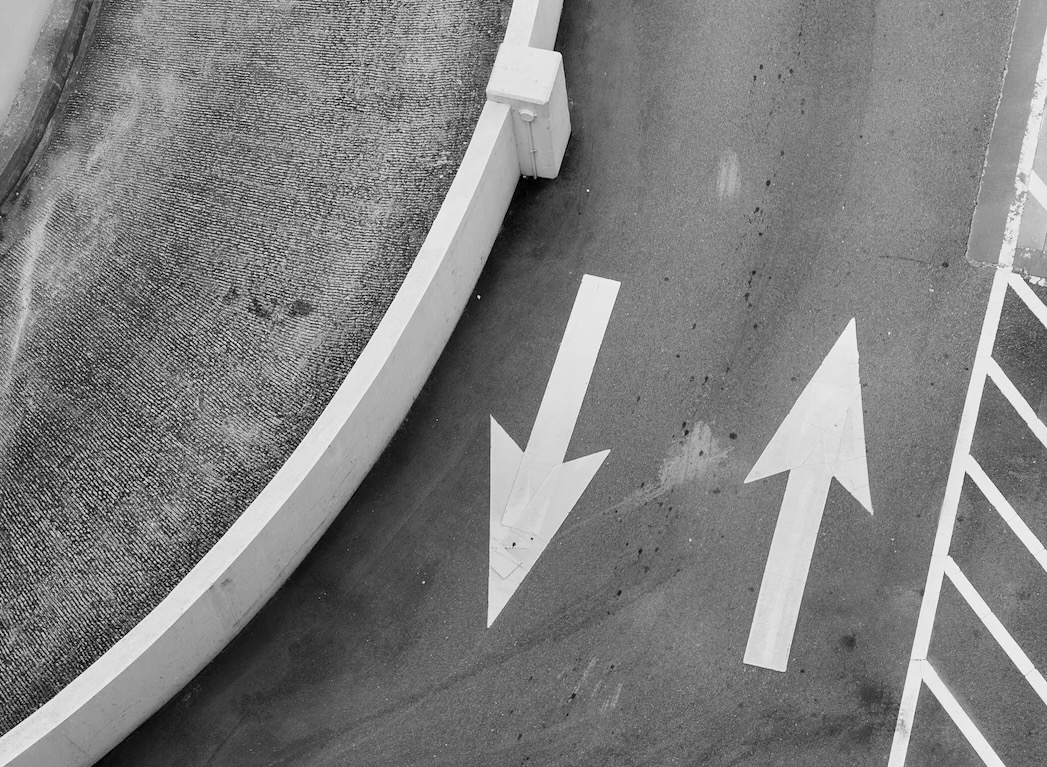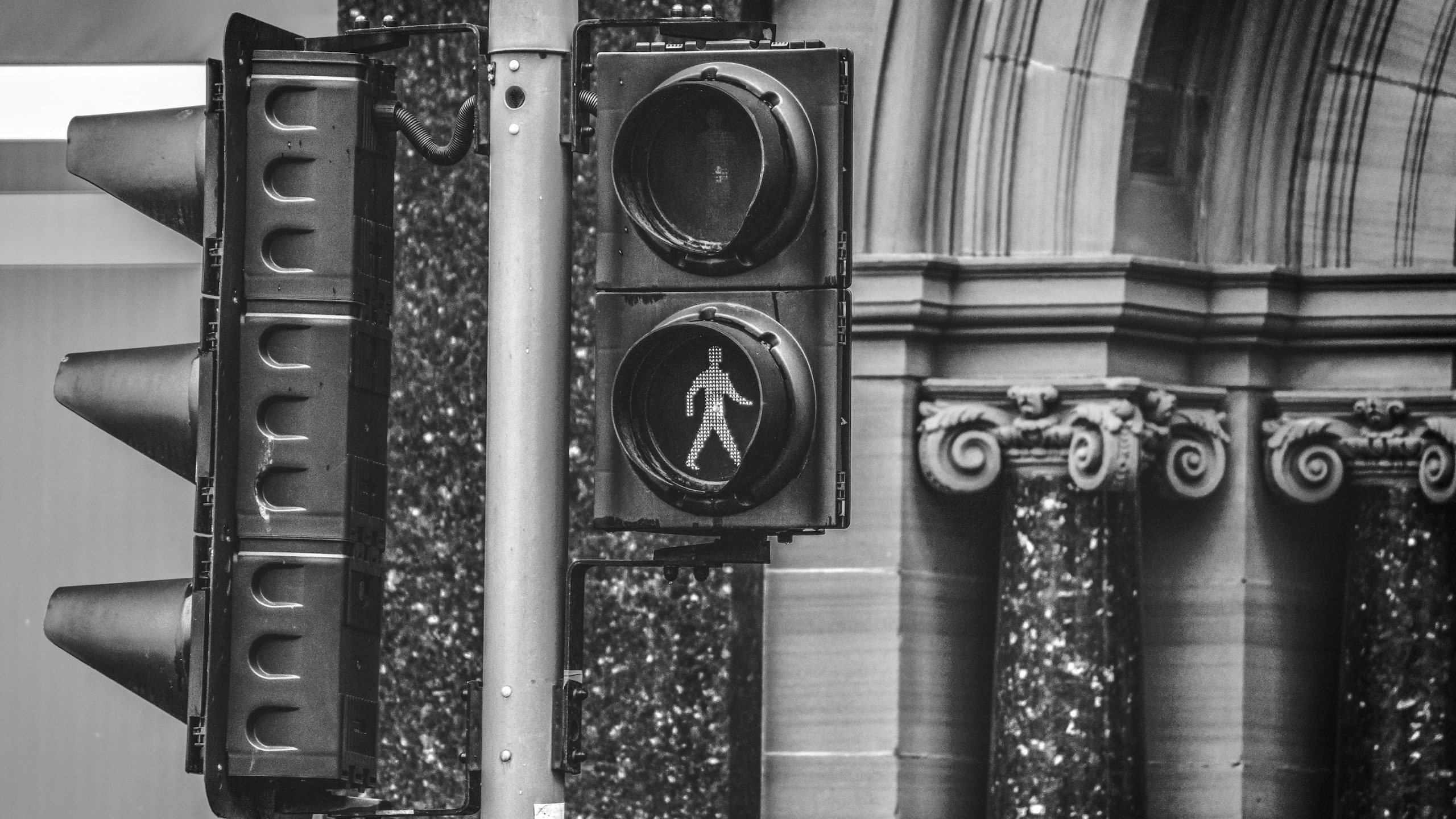Chart Your Way to Success: A Guide to Deciding Between Stockcharts, Tradingview, and Trendspider
Are you seeking for the greatest tool to assist you navigate the path to stock trading success? With so many alternatives available, it might be difficult to choose. But don’t worry; this blog article will provide you a detailed breakdown of Stockcharts, Tradingview, and Trendspider.
We’ll give step-by-step directions for creating an account and getting started, along with an overview of the advantages that each platform has to offer and advice on how to select the one that is ideal for your requirements. Lastly, we’ll talk about using these tools to automate your trade and identify new market patterns. Prepare to begin mapping out your path to success!
The Benefits of Using Stockcharts, Tradingview, and Trendspider
Users of the online stock charting platform StockCharts may access and examine data from several global marketplaces. For stocks, ETFs, mutual funds, futures, options, and other instruments, it offers historical charts, real-time charts, technical analysis indicators, and personalized watchlists. StockCharts makes it simple for investors to make wise investing decisions with its cutting-edge tools and features, including chart overlays and connectivity with third-party programs like TradingView or TrendSpider.
What is Tradingview?
Both individual traders and licensed brokers utilize the web-based financial platform TradingView to conduct real-time market analysis. It provides in-depth market analysis with a wide range of tools, including technical indicators, drawing tools, automated trading techniques (trading robots), and more. Its straightforward user interface makes it easier for new traders to traverse the market while giving seasoned traders ample functionality to do in-depth studies on a variety of asset classes, including equities, cryptocurrencies, etc.
What is Trendspider?
Using Artificial Intelligence technology, TrendSpider is a formidable yet user-friendly tool made to assist traders in identifying trends faster than ever before. It does this by concurrently analyzing millions of price points over several periods to find probable breakouts. TrendSpider gives its customers the ability to profit from fast-moving market possibilities faster than anybody else in the competition by fusing classic technical analysis methods with AI algorithms that can spot trends even when they are hidden by noise or false signals.
Advantages of Each Platform
1. The benefits of StockCharts include a large library of over 300 different technical indicators, live streaming quotes, access to delayed intraday data, customizable watchlists, alerts based on pre-defined criteria, integration with third-party services like TradingView or TrendSpider, support for mobile apps on iOS and Android devices, access to forex data from over 100 global exchanges, and the ability to share your customized charts via email or social media accounts, among other features.
2. While this is going on, TradingView provides a wide range of features, such as customizable trading ideas and strategies shared by community experts (over 2 million active members); a large selection of financial instruments and data sets covering most significant exchanges globally; sophisticated backtesting capabilities allowing you to create and test strategies before investing money into them; advanced backtesting features that let you create and test strategies before investing in them; complete portfolio management tool that allows simultaneous performance monitoring across many asset classes, etc.
3. Last but not least, TrendSpider’s primary benefit is its AI-powered trend identification technology, which enables you to swiftly and reliably identify new patterns without having to spend hours manually examining hundreds or thousands of price points! You may dramatically increase your odds of making good trades just by using this tool, which will save you a ton of time and work.
How to Choose the Best Platform for Your Needs
The user interface of each platform should be taken into account when deciding which is best for you. Although Tradingview offers an interactive dashboard with cutting-edge features like sketching tools and indicators, Stockcharts offers a simple and straightforward layout with customisable charting tools. Users of Trendspider may rapidly create bespoke charts thanks to the platform’s user-friendly drag and drop interface. For users to rapidly get up and running, all three platforms provide lessons and assistance.
Research Tools
When choosing a platform, it’s necessary to think about what research skills it offers. Research tools are crucial for maximizing stock market prospects. Real-time data from international exchanges is made available by Stockcharts, and users also have access to independent research services like MarketSmith and Finviz Elite. In addition, Tradingview provides over 100 technical indicators for examination together with real-time data from several exchanges. Via its cooperation with RavenPack AI News Analytics Toolkit, Trendspider offers social media sentiment analysis capabilities as well as the ability to backtest methods using previous data.
Charting Features
While determining which platform is best for you, evaluate the kind of charting options that each one offers. Candlestick charts, bar charts, line graphs, and more are among the more than 50 different types of charts that are offered by Stockcharts. They also provide users with customizable drawing tools that let them quickly draw trendlines or other shapes on their charts in order to more clearly visualize any market trends or signals they may be looking for in their research. Tradingview provides a wide range of chart templates for quick setup of desired chart types without having to manually configure them each time they want a new chart to be viewable on their dashboard page, as well as hundreds of technical studies (such as moving averages or Fibonacci retracements) that can be used on their charts. Users of Trendspider’s unique “web spider” feature can instantly create custom views made up of dozens of different indicators across a variety of timeframes, which makes it convenient for traders who need quick access to real-time data about particular stocks or markets in order to act effectively in choppy markets.
Cost Considerations
Furthermore, price should be taken into consideration when choosing the platform that best meets your demands since all three have paid membership plans with a wide range of features and prices (e., monthly vs yearly). Standard ($14/month) and Pro ($29/month) are the two major subscription levels offered by Stockcharts; an Enterprise plan, which offers more features at a higher price but is only made accessible upon direct request to the firm, is also available (pricing not publicly disclosed). Depending on user needs, Tradingview’s subscriptions range from the FREE Pro plan all the way up to the Premium ($59/month); similarly, there are a number of add-on packages available at an additional cost if necessary, but again, pricing details cannot be found online unless you first contact customer service. Finally, Trendspider’s pricing structure is made up of just two tiers: Basic ($19/month) and Elite ($99/month), both of which offer the same core features but with progressively stronger capabilities like automated trading algorithms, depending on which tier you choose to subscribe to via the payment method you select after completing the signup process.
Taking Advantage of Tutorials and Support
It’s crucial that you utilize the tutorials and support materials offered by each of these sites once you’ve opened an account there in order to rapidly become proficient with using their services. While Trendspider offers both written documentation and live customer support if needed when getting started or during times when questions arise down the road while using the platform, Stockcharts and Tradingview both offer extensive video guides that walk users through setting up accounts as well as how to use each feature within their platforms!
Automating Your Trading Process
Investors may save time while still taking advantage of attractive trading opportunities as they present themselves in the market by utilizing the automated options offered by each platform. Users may create custom scans on Stockcharts using automated charting tools that will find possible stock choices based on pre-defined criteria and inform them right away when these conditions are reached or surpassed. Tradingview enables traders to generate alerts with numerous conditions that notify them with a single click when a trade opportunity is ready for execution. Last but not least, Trendspider gives investors the ability to backtest strategies utilizing its unique algorithms, and once triggered, automatically execute those trades without further user input.
Conclusion
Stockcharts, Tradingview, and Trendspider each provide specific benefits for traders looking to map their road to success, as this tutorial has explained. You may quickly locate a platform that properly meets your demands with the correct mix of research tools and charting features. Use the lessons and support tools offered by each supplier to make sure you are getting the most out of your investment in these platforms.
Use each program’s technical analysis features as well to identify new market patterns and automate as much of your trading as you can. Finally, you can utilize Stockcharts, Tradingview, or Trendspider to convert your investments into successful long-term strategies with a little bit of work on your side.
So why are you still waiting? Take action now to begin mapping out your path to success!










